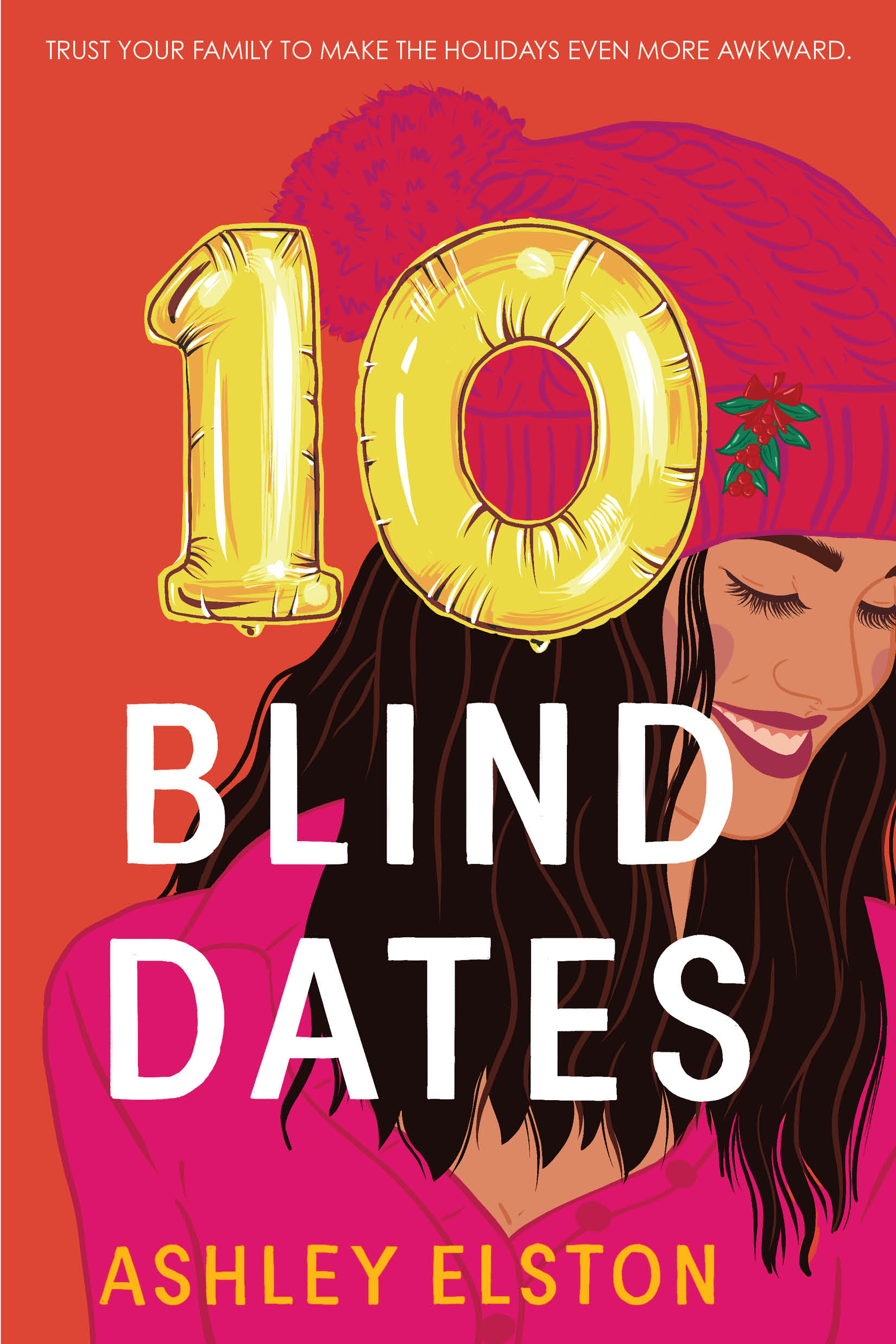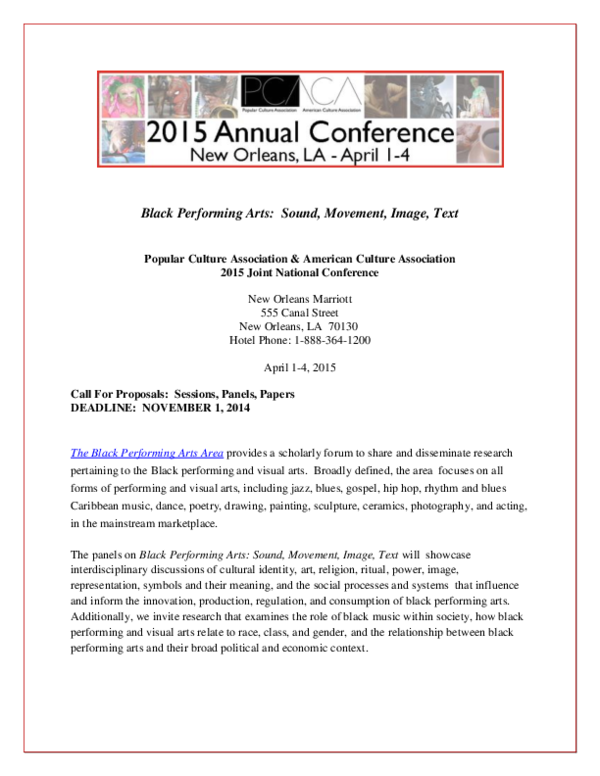
The Marxist philosophy term 'cultural hegemony' refers to a system of political, economic, and cultural control in which the ruling class dominates a culturally diverse society and manipulates the values, beliefs, explanations, and mores of its subordinates to create the desired worldview. The result is an overwhelming dominant culture. The subordinates are ostracized from society, and the dominant culture is accepted as the norm.
Subaltern Cultures
There are many definitions for subaltern communities. One is subaltern culture's inability to speak for itself within hegemonic structures. Gyatri Sivak was the first to popularize the term subaltern back in 1983. She cautions against over-applying it. This is a worthy goal, if one wants to understand Latin America's culture and politics.

Another counterfactual is the belief that the subaltern has been subjected a form cultural indoctrination, which has not benefited them. Cultural integration hasn't led to complete assimilation. Instead, it has lead to countercultural formations. Gramsci claims that subaltern resistance was rooted within these formations.
Subaltern culture can also be defined as a "other", or a group that is not part hegemonic. Antonio Gramsci first coined subaltern. This refers to individuals who are outside the political or financial structures of their country. This is different to the working-class, which has its definition. In Gramsci's view, the subaltern is an "other" space that has been denied access to cultural imperialism.
Language has been used by the hegemonic classes to increase their power. This is the case even in cases where the hegemonic class's agents are the ones articulating the values and principles of the subaltern social classes. They will succeed in subverting the hegemonic system if the subaltern classes can restructure the values structures of the ruling class.
This view is often overlooked, but it is important to think about the possible ways oppressors could be affected the the consciousness of the oppressed. This consciousness could lead to the ruling class changing its ways. The ruling class will be made aware of its oppression and this awareness can lead to a change within the institution. Subaltern groups can use this powerful tool to rewrite history in their countries.

The novel, which focuses on the conflict between subaltern and intellectual interests, also calls for the negotiation of ideologies. It shows how the intellectual and subaltern may come to an agreement on what is best for both. One example is that the subaltern's desire to be able to look back on the past and not fear for the future, is what makes it so interesting. This interest is however rooted in imagination.
FAQ
How can I incorporate pop culture into my marketing strategy?
To understand how to use pop culture in your marketing strategy, you need to look at the trends within it.
For example, let's say you wanted to promote a new movie. What kind of promotion would you be able to run?
You could even create a trailer from clips taken from your film. You could even find a clip that features one of your products or services and includes it in the video.
Or perhaps you could create a parody version of the trailer using other famous films.
If your product or service is closely related to the movie's themes, you can create a campaign that follows the film's storyline. If the movie takes place in outer space, for example, you might advertise a product that aids astronauts to stay healthy while they travel through space.
You could promote your business based on the movie's storyline if it was connected. If your company sells food products, you might offer customers free samples if they buy tickets to the movie.
What is music's popular culture?
Popular Music Culture is an ever-changing phenomenon that takes many forms.
Popular music culture is defined by its use of certain styles of music (e.g., rock, jazz) and lyrics. It also covers the influence of visual media like film, television, fashion advertising, and so on, on artists' careers as well as public perception.
It's also about the way fans interact with their favorite artists.
One aspect of popular music culture is the rise of "superstars," artists who have achieved fame, fortune, and status for themselves.
These legends transcend genres and are cultural icons. Their success has influenced popular music's evolution.
Other elements of popular culture in music include:
* The rise of recording technology - from acoustic instruments to electric guitars and microphones;
* The invention of record players and radios;
* The dawn of rock 'n' roll;
* The introduction of TV and film;
* The advent of MTV and VH1;
* The creation of internet.
What are some examples of pop culture 2021?
Two hijacked planes crashed into the Twin Towers of New York City's World Trade Center on September 11, 2001. This day would become known as 9/11.
The events of that day have influenced popular culture today. We can see how the event has influenced our lives in many ways.
This includes television programs like 24 and movies like United 93 that tell the story the what happened during the flight between Boston and Los Angeles on 9/11. Dexter Filkins' The Forever War book is included.
Everyone can remember exactly where they were when the attacks occurred. Some people got out from bed to go outside. Others watched the TV or read newspapers.
Pop culture changes each year. It is both a reflection of society, and it can also be a source for inspiration. How will pop culture evolve in the coming year? We are not able to predict the future. It will be completely different than the one before.
What is pop-media culture?
Pop culture is all around us. Pop culture is everywhere. It's all around us 24 hours a day. It has an impact on everything: music, clothing, language and politics. So what exactly is pop culture? According to Wikipedia, "Popular culture (or popular culture) refers to the products and ideas produced for mass consumption in society." Most people believe that pop culture refers to movies, television, music, fashion, or other entertainment. However, there is much more to pop culture than just entertainment. The term describes anything consumed by the masses, such as video games, sports, toys, clothing, fast food, political campaigns, and many others.
How did pop music get started?
It was an accident. The first song was written by mistake when someone accidentally knocked over a piano while playing around on New Year's Eve in 1920.
The recording company loved what they heard so they decided to release the single.
This was the first hit single.
Pop music has become today's most popular form for musical entertainment.
What are the best examples of pop-culture today?
Pop Culture is the art form of the 21st century. Pop Culture covers all aspects of popular entertainment. It includes music, film, TV, video game, fashion, advertising, comics and so on. The term was first used by Neil Postman in his 1985 book Amusing Ourselves to Death. Pop was a method of mass communication using cheap tricks and formulaic techniques to create an illusion that spontaneity and uniqueness.
However, he said that most people don’t enjoy true enjoyment because their culture has conditioned them to want media experiences that make it seem superior to others. He claimed that young adults have lost their ability to think critically due to this type of cultural expression.
Pop culture has also been referred to as popular culture or consumerism.
Why is pop music so popular?
Pop music is very much loved for its fun and joy! Pop music makes you happy and gives you a sense of freedom. People listen to pop music and are free to think about anything but themselves. Pop music is not a distraction from what they think. Pop music is very popular because it doesn't have to worry about what other people think. People love to listen to songs that are positive and upbeat. Turn on the radio to hear upbeat music if you're feeling low. You might even find yourself singing along. Pop music has been so popular over the years because of this.
Statistics
- In 1987, US films captured 56% of the European film market. (socialsci.libretexts.org)
- Latinos represent roughly 19% of the U.S. population. (npr.org)
- [17][18][19]Definition[edit]According to author John Storey, there are various definitions of popular culture. (en.wikipedia.org)
- Recently, the market share across Western Europe has ranged from 60-75% (Hopewell, 2013). (socialsci.libretexts.org)
- According to Dictionary.com, popular culture, or low culture as it is sometimes referred to is comprised of the “cultural activities or commercial products reflecting, suited to, or aimed at the tastes of the general masses of people” (7/21/19). (socialsci.libretexts.org)
External Links
How To
What is pop culture and how does it relate to movies?
Popular Movies Culture is a collection of all things entertainment including books and magazines, newspapers, television programmes, websites, blogs social media, apps, games and more.
Movies can be categorized into several types: comedy, drama, horror, action/adventure, fantasy, science fiction, romance, thriller, war, documentary, animation, and westerns.
Movie plots generally follow a pattern of predictable events that conclude with a satisfying resolution.
Films' success is dependent on how closely they follow this formula.
Some common plot points are:
-
A protagonist who must overcome obstacles to attain his/her goal.
-
The antagonist is the one who opposes protagonist;
-
A moral dilemma that requires the protagonist's to make a decision.
-
A twist ending that transforms everything
You may have to reevaluate the outline or concept of your story if it doesn't fit within one of these categories before you start writing.
Pay attention to these questions:
-
How do I establish my setting?
-
What does my protagonist desire?
-
Why should readers care?
-
Where is my story going?
-
Who is my main person?
-
Will there be any conflict?
-
What is the climax
-
What's my resolution?
-
Is it happy or sad that the ending is here?
-
Do I want to introduce characters?
-
Can my story be set up in more than one setting?
-
Do you have subplots?
-
Are there major themes?
-
Can I tell a complete story within just one chapter?
-
Am I using dialogue effectively?
-
Is it clear and concise in my language?
-
Is my vocabulary appropriate for this context?
-
Do I use active voice or passive voice?
-
Are there spelling or grammar errors?
-
Is my grammar correct?
-
Are there too many adverbs
-
Is there anything else I could improve?
-
What's my first impression when I'm finished editing?
Your job is more than just to write a book. It is also about getting it published.